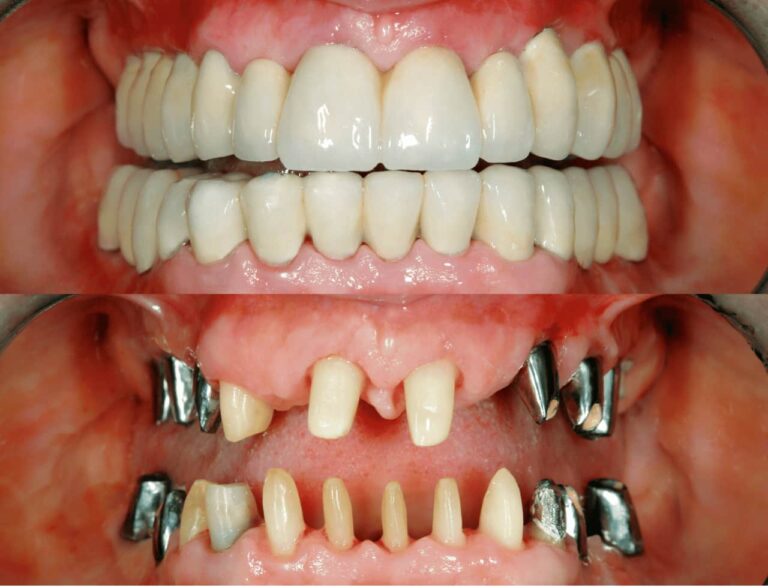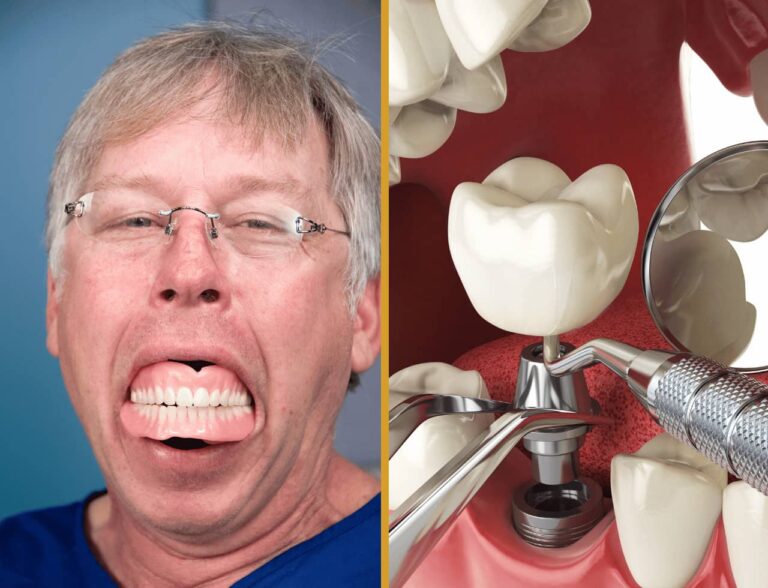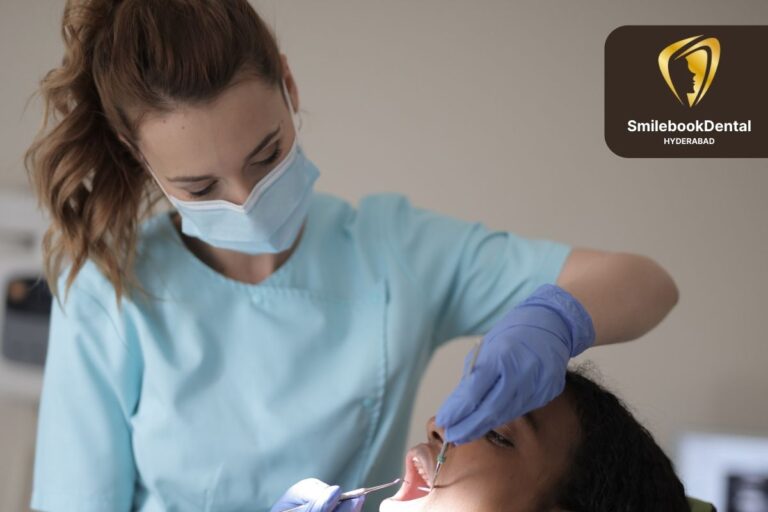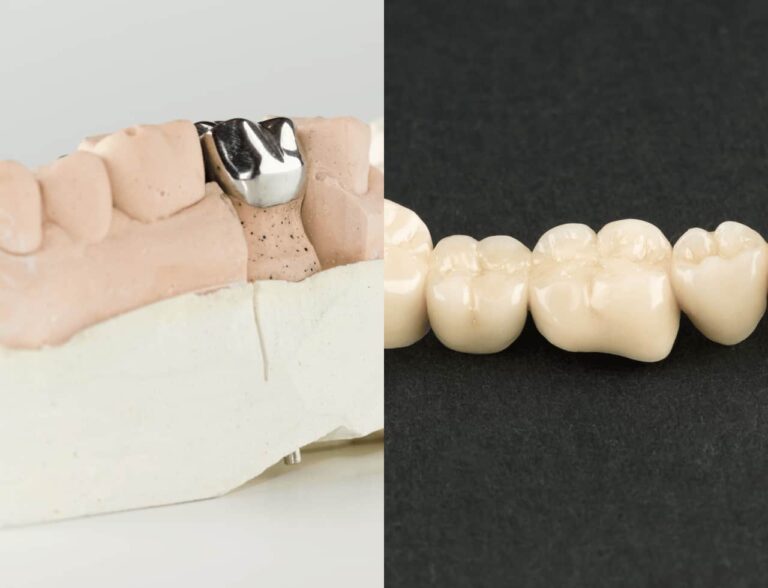Bone graft Hyderabad
Bone Grafting at Smilebook Dental Hyderabad
At Smilebook Dental, you may learn more about bone grafting. Bone grafting can be utilised for a variety of dental operations, including dental implants and other periodontal procedures. However, many patients are unaware of what this frequent procedure entails. A dental bone transplant may be required to enhance the amount of bone in a specific area of the jaw when bone material has degraded or greater support is needed for your tooth structures. Bone grafting can be used as part of a comprehensive, coordinated dental treatment plan at Smilebook Dental Hyderabad to safeguard your general oral health.
What Is a Dental Bone Graft and How Does It Work?
Many people are shocked to hear that bone is a very pliable substance, given its strength and durability. Your body replaces old bone cells with new ones on a regular basis. While these changes are common and often beneficial, your jaw can occasionally lose too much bone mass. A bone graft may be required if this occurs.
Bone grafting is a relatively simple surgery in which your dentist makes an incision in the jawbone to expose it and then grafts new bone material on top of it. Your body then forms new bone cells surrounding the graft, strengthening the jawbone where it is needed.
Teeth Bone Grafting Types
Our patients may require one of three types of dental bone grafts:
Blocl bone graft: A tiny block of bone can be removed from the rear of the jawbone near the wisdom teeth and put into the defect in cases of severe bone loss.
Socket graft: After a tooth extraction, this form of graft fills up the socket, avoiding bone loss associated with adult tooth loss.
Sinus lift: This is a typical form of bone graft that implant patients require, especially if they are missing teeth or bone material near their sinuses.
Who May Require a Bone Graft Dental Procedure?
A dental bone graft may be recommended by your dentist for a variety of reasons:
Dental implants : Dental implants are an extremely successful method for replacing lost teeth in adults. Bone grafting, on the other hand, may be required to create a stable foundation for the new implant.
Jaw stabilization: Loss of bone material might occur as a result of the loss of an adult tooth or gum disease. Bone loss can affect surrounding teeth and gum tissue if left untreated. To assist stabilize the jaw and prevent long-term issues, a bone graft may be required.
Improved appearance: Bone loss in the jaw can affect the appearance of your face, making it appear shorter or thrust forward. A bone graft can aid in the reconstruction of a healthy bone structure, enhancing your overall facial appearance.
Bone Grafting procedure
If your dentist advises dental bone grafting, the process will differ based on the cause for the graft. If you’re getting a dental implant, you might have to start with a tooth extraction. To stabilise the basis for the new tooth, a bone graft will be performed prior to implant surgery.
Bone grafts are frequently made from your own body, usually from another part of your mouth. Donor bone from a bone bank or animal donors, on the other hand, is a good supply of bone grafting material and does not require a second surgical incision.
Bone grafting is a relatively simple procedure that normally takes less than two hours.
Smilebook Dental’s empathetic experts will walk you through the bone grafting process, whether you need a dental implant or have had tooth loss or gum disease that has resulted in bone loss. We have the experience and understanding to address a wide range of oral health problems, allowing us to provide comprehensive, coordinated, multispecialty dental care under one roof.
Please call us immediately to schedule your free consultation if you are ready to improve your smile.






